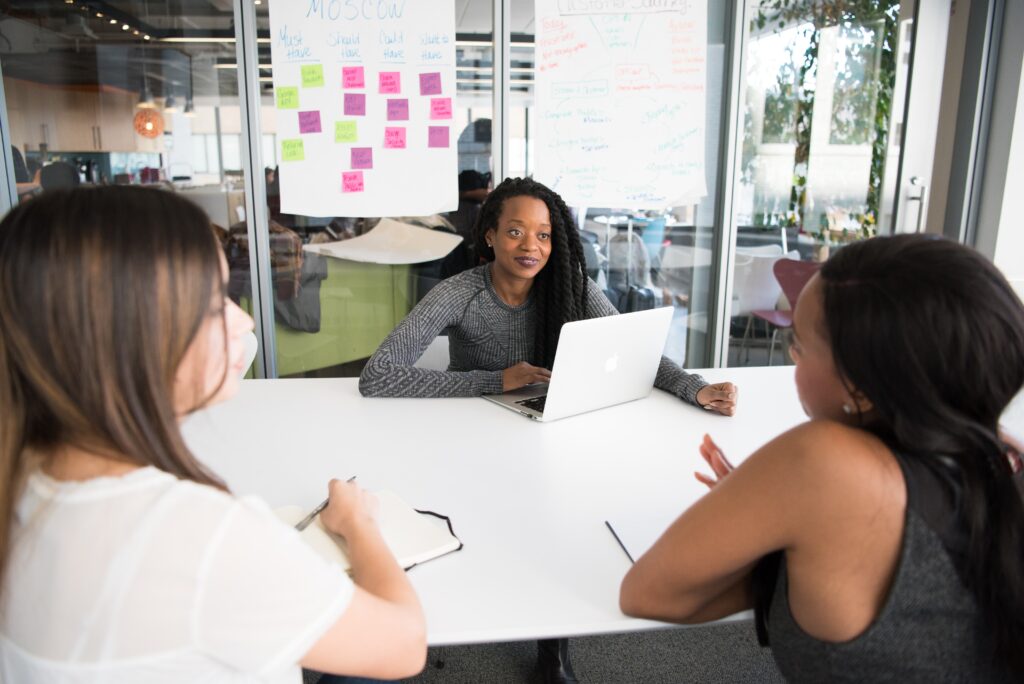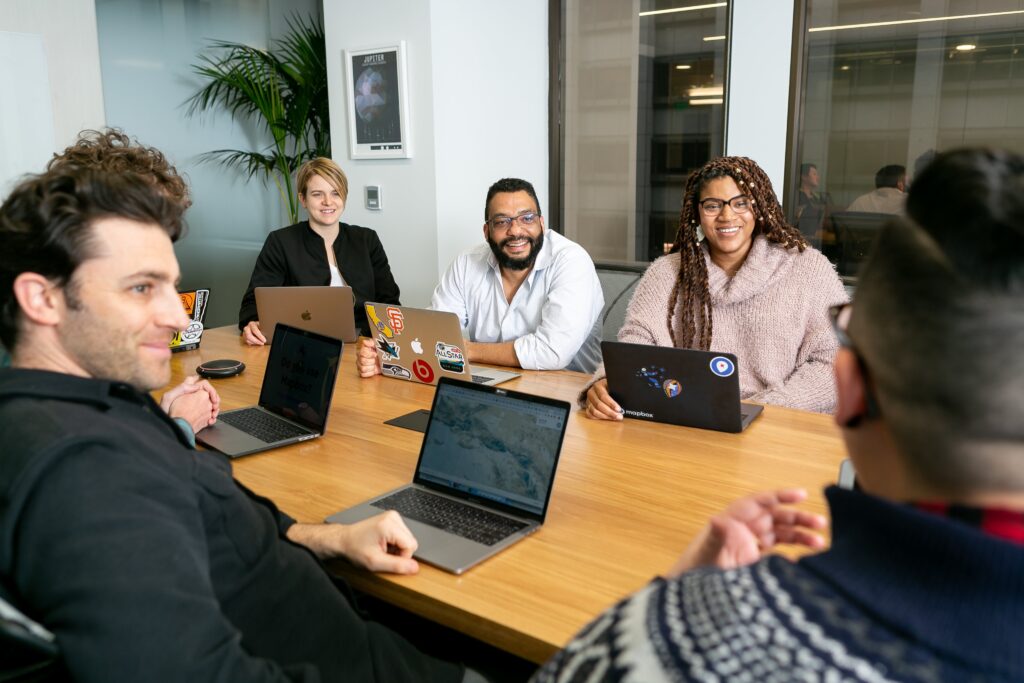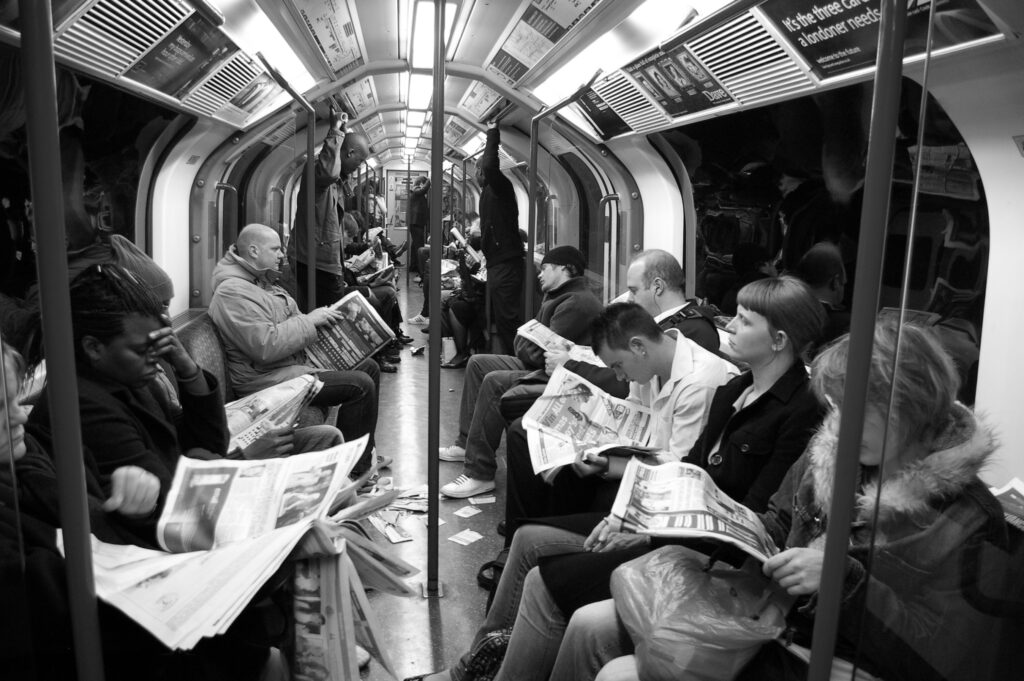American journalists play a critical role in shaping public perceptions and informing citizens, but there’s growing concern about the lack of representativeness in their coverage. An inclusive media landscape must reflect the diverse voices, perspectives, and experiences of the public. However, newsrooms and media organizations too often fall short in adequately representing marginalized communities, including people of color, women, LGBTQ+ individuals and others. When journalists fail to provide a full picture of the nation’s tapestry, they inadvertently perpetuate stereotypes, overlook important issues and ignore critical stories that need to be told.
In a functioning democracy, an informed citizenry is essential for robust debates and sound decision-making. If the media provides a skewed or narrow perspective, it hinders the public’s ability to understand and engage with the complexities of societal issues. By ensuring that journalism is more representative, media outlets can foster greater trust with their audiences, improve civic engagement and contribute to a more informed and participatory democratic process. Such representative coverage not only enriches the media landscape but also strengthens the democratic foundations of the nation.
There are many levels for which representation matters, including:
- A news outlet’s ownership and governance
- Newsroom leadership
- Newsroom editorial staff, including reporters, editors, producers and so on
- Whom the newsroom is listening to and serving with its journalism
- Who is paying the newsroom
For the purposes of this resource, we’ll focus on dimensions of representation that are within the control of journalists and editors. Representation is both an inside and outside job. This includes how to encourage more diverse representation within newsroom staff and how to make your coverage more representative of the communities you aim to serve.
Assistance & Style Guides
It’s of vital importance to ensure you’re up to date on acceptable language and framing when reporting on communities you’re not a member of. Getting word choice and positionality right can make or break whether your reporting is accurate and useful, or causes real harm. The following journalism support organizations offer a variety of tools, including frequently updated style guides focused on a variety of dimensions of humanity:
Society of Professional Journalists’ Race and Gender Hotline. The Society of Professional Journalists provide free assistance to journalists and editors on deadline, answering questions around issues of race and gender for the specific situation. They conduct research and provide context with their responses. The Society of Professional Journalists also offers the Diversity Toolbox, which offers tools for immediate use and long-term strategy.
Maynard Institute offers in-person and virtual diversity training sessions for newsrooms of all sizes throughout the country. Their signature program is called Fault Lines and explores the dimensions of race, gender, sexual orientation, geography and class, among other things, as they apply to journalists, newsroom collaboration and coverage.
Language, Please. This site describes itself as a free, living resource for journalists and storytellers seeking to thoughtfully cover evolving social, cultural and identity-related topics. In addition to offering editorial tools and style guides, they also have an inclusive reader directory where journalists can find a reader with expertise in a particular subject.
Modifier, from Resolve Philly. This project focuses on providing tools and workshops to ensure authentic and fair representation in the news and equal access to information. Their knowledge hub offers resources for journalists, newsroom leaders and community members.
National Association of Black Journalists (NABJ) and National Association of Hispanic Journalists (NAHJ). Both organizations support journalists from their respective communities, advocating for fair representation and accurate coverage.
- NABJ Style Guide offers guidance for newsrooms and others on terms and language usage of special interest or relevance to Black communities, journalists and educators. It offers specific recommendations on language choice around common topics in the news and of historical importance.
- NAJH Cultural Competence Handbook is designed to help journalists, students and academics communicate with and about diverse collectives, recognizing the differences or variety in people’s identities or experiences – ethnicity, race, national origin, language, gender, religion, ability, sexual orientation, socioeconomic class, immigration status and so on. It’s best used as a complement to style books of individual publications.
Asian American Journalists Association (AAJA). This organization offers support and resources for Asian American and Pacific Islander journalists, ensuring their representation in media and helping media makers stay up to date with guidance on best practices for framing and language, including countering Asian hate.
Indigenous Journalists Association (IJA). Formerly named Native American Journalists Association, the work of the IJA addresses Indigenous media and encompasses a wide range of issues affecting the survival and the development of Indigenous journalists and tribal media.
- IJA offers a variety of guides for journalists and editors on topics ranging from a context checklist to consider when reporting on First Nations, Inuit and Métis communities, guides on terminology, how to find sources and issue-specific guidance including U.S. Supreme Court cases.
National Lesbian & Gay Journalists Association (NLGJA). This organization champions fair and accurate coverage of LGBTQ+ issues and supports LGBTQ+ media professionals.
- NLGJA’s stylebook reflects the association’s mission of inclusive coverage of LGBTQ+ people, includes entries on words and phrases that have become common, as well as offers its stylebook in Spanish.
Trans Journalists Association (TJA). The TJA promotes more accurate, nuanced coverage of trans issues and communities in the media, as well as supports gender-expansive journalists in their workplaces and careers.
- TJA Style Guide is a tool reporters, editors and other journalists can use to improve news coverage of trans people and the stories that affect them. The guide includes editorial best practices, politicized phrases, terminology and more.
National Center on Disability and Journalism Disability (NCDJ). This organization provides support and guidance for journalists as they cover people with disabilities.
- NCDJ Style Guide offers advice for reporters and editors in covering a variety of disability topics and communities. It has translations of the guide in Spanish, Italian and Romanian.
Conscious Style Guide. This website offers a wide variety of guidance for not only language but also for images and design. Included among the topics covered are ability and disability, age and appearance.
International Women’s Media Foundation (IWMF). This organization supports female journalists worldwide, offering grants, training, webinars and resources to ensure women’s voices are heard in the media.
The Religion Stylebook. Created by the Religion Newswriters Association, this guide is for journalists who report on religion in the mainstream media and supplements The Associated Press Stylebook.
Center for Community Media (CCM) at the Craig Newmark Graduate School of Journalism. The CCM supports journalists from, and reporting on, underrepresented communities, ensuring their stories are told and their voices are heard.
While these organizations work towards promoting inclusivity and diversity, it’s crucial for media outlets and journalists to take personal and institutional responsibility to ensure representation in their coverage. Engaging with these organizations and being open to continuous learning and improvement can pave the way for more inclusive journalism.
Sourcing Diverse Voices
Diverse sources enable journalists to provide a comprehensive and nuanced understanding of issues, ensuring that multiple perspectives are represented. Relying on a varied range of sources helps prevent unconscious biases and reduces the risk of perpetuating stereotypes or misinformation. Furthermore, diverse sources can bolster the credibility and trustworthiness of reporting, as audiences can see that stories are grounded in broad-based research, rather than a narrow or singular viewpoint.
Here are a variety of source directories:
Election Topic Sources
Trusted Elections Expert Network from Election SOS (Hearken) and The American Press Institute. This database is designed to quickly find vetted, nonpartisan and diverse election experts across a variety of topics to call on for sources and for support. The searchable directory is sorted by location, expertise, election topic and language.
Sources of Color
DiverseSources.org. This database of experts features underrepresented voices and perspectives in science, health and environment work.
Sources of Color. This online platform connects journalists with subject matter experts and people of color who have stories to tell.
NPR Diverse Sources Database. This database features experts from racial and ethnic groups underrepresented in the media.
Asian Americans and Pacific Islanders Studio: Diverse Sources. This site features Asian American Pacific Islander experts and is organized by a variety of diversity and civil rights topics.
Women
WomenPlus: Source List. This sortable database features women experts and has filters for a variety of topics.
Women Also Know Stuff. This site features women experts in political science.
GIJN: Databases of Female Experts.
Gage. Gage is the world’s largest directory of women and gender diverse folks in science, technology, engineering, math and medicine.
Women’s Media Center: SheSource. This online database features media-experienced women experts who connect to journalists, bookers and producers.
Source Tracking Resources
American Press Institute – Source Matters. This paid resource helps newsrooms track and improve the diversity of sources in their reporting.
Reynold Journalism Institute and Chalkbeat – Source Diversity Tracking Tool. Chalkbeat and the Reynolds Journalism Institute joined forces to help small to medium-sized newsrooms in the U.S. better track the diversity of their sources with this free tool.
Engagement
Audience and community engagement ensures that diverse voices, perspectives, and experiences are accurately reflected in media narratives. By involving a broader range of people from various backgrounds, journalism becomes more inclusive and prevents perpetuation of stereotypes or biases. See more ways to include your audiences and communities in this resource.
Additional Resources
NiemanLab
“KQED started tracking sources. Here’s (exactly) how they did it”
Article
Nieman Reports
“Want to make real progress in newsroom DEI? Audience engagement is essential”
This guide weaves together the relationship between retention of diverse talent within newsrooms and the editorial decisions made and people being served. It offers a variety of questions for journalists and editors to consider and associated resources.
Article
Language, Please
“Ten essential tips to improve diversity, equity, and inclusion in news coverage”
This handy tip sheet is a short version of this slide deck version with additional context and tips.
Tipsheet




